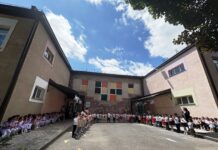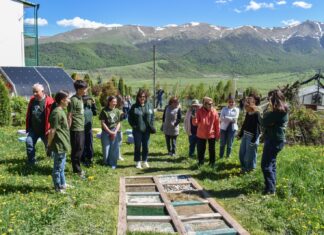By Tom Vartabedian
WATERTOWN, Mass. — Former Bentley College President Gregory Adamian worked there. So did Tufts University guru John Baronian and prominent artist Arshile Gorky until he overstepped his bounds and got dismissed.
The Hood Rubber Company proved a sanctuary for many Armenian immigrants who survived the Genocide as well as Armenian-Americans who were to gain prominence throughout the early 20th century.
“Where else could we go?” reflected Areka (Janikian) Der Kazarian, who recalls earning $18 a week doing piecework as a cementer. “I would turn the money over to my parents and get a quarter back for spending purposes. Hood Rubber opened its doors to immigrants from many foreign lands who had no language or working skills. We learned it on the job.”
Eyewitness accounts of their heyday inside the sweatshop are the subject of an hour-long film documented by noted videographer Roger Hagopian called “Destination Watertown: The Armenians of Hood Rubber.”

The project, which began in 2003 as a short highlight film, reached fruition after six years of research and interviews, delving into the lives of Armenian refugees looking to establish a decent lifestyle in America, in this case Watertown.










